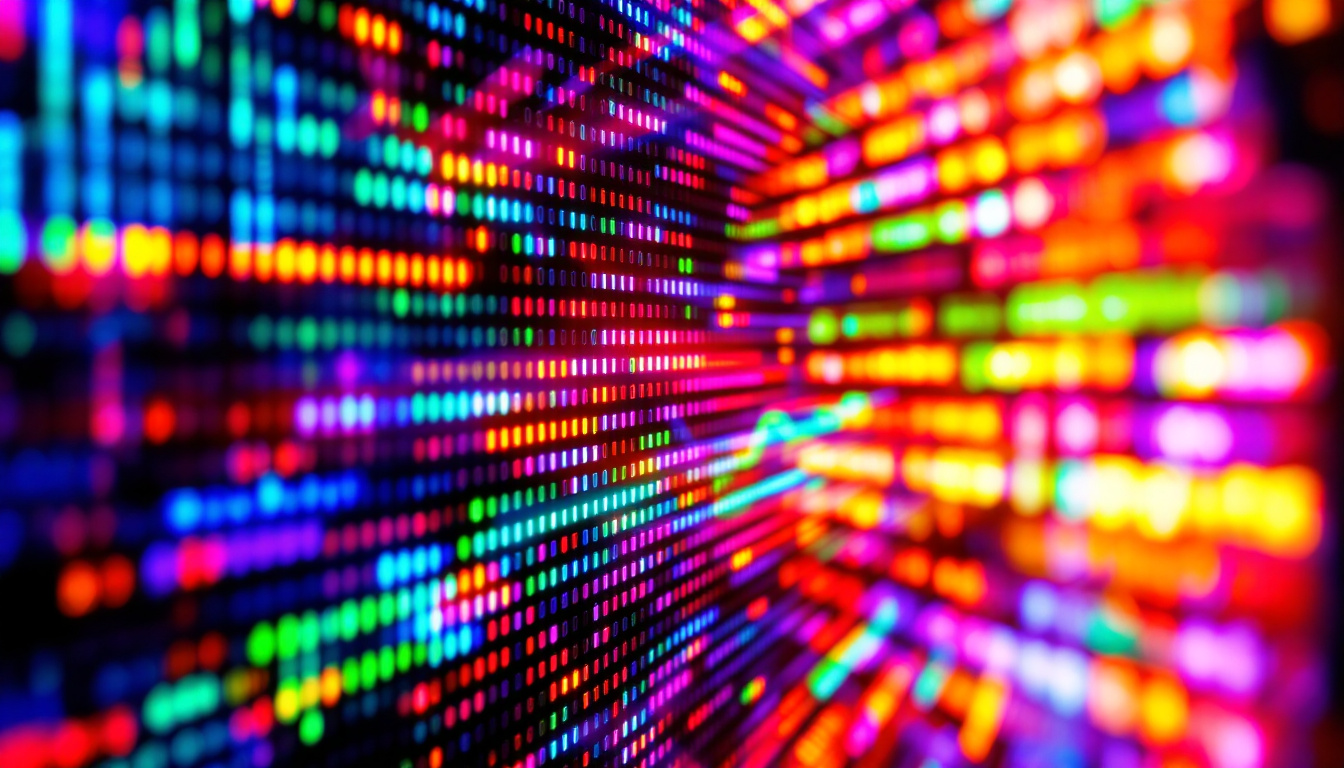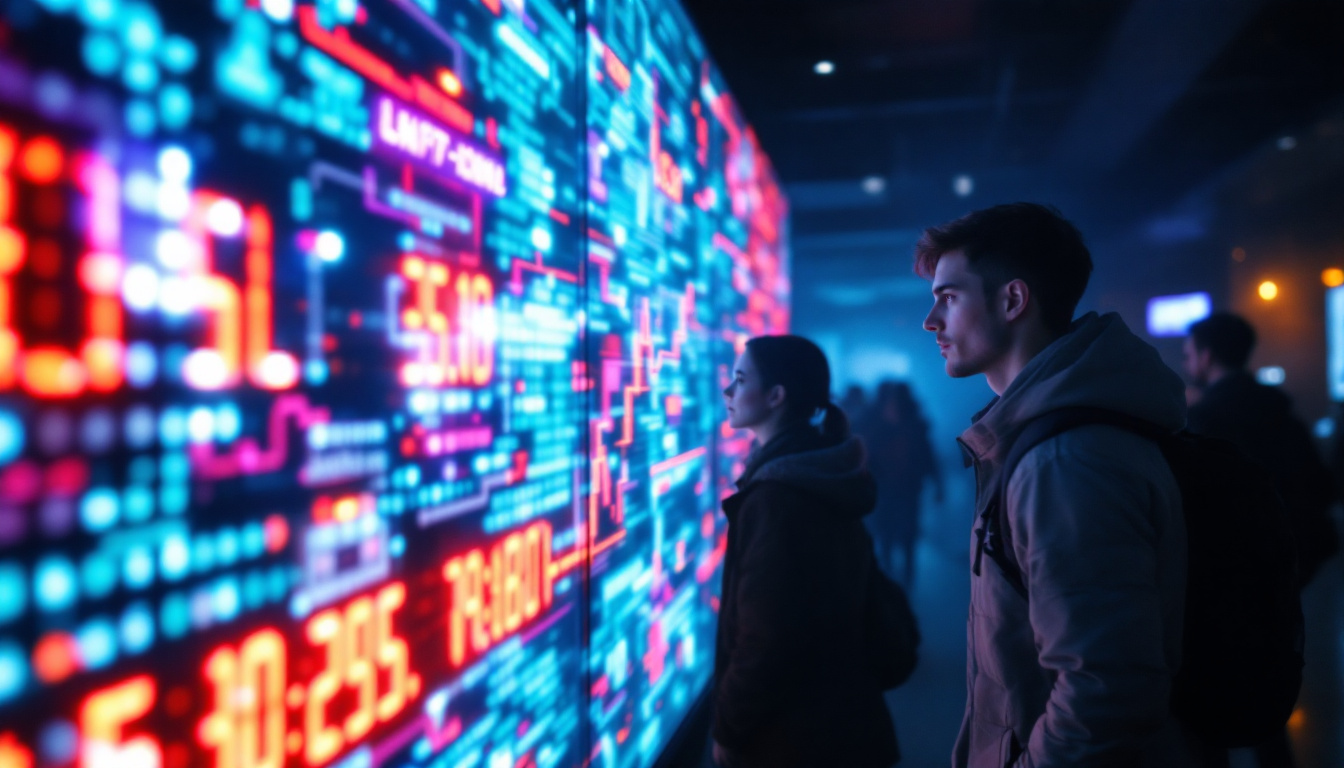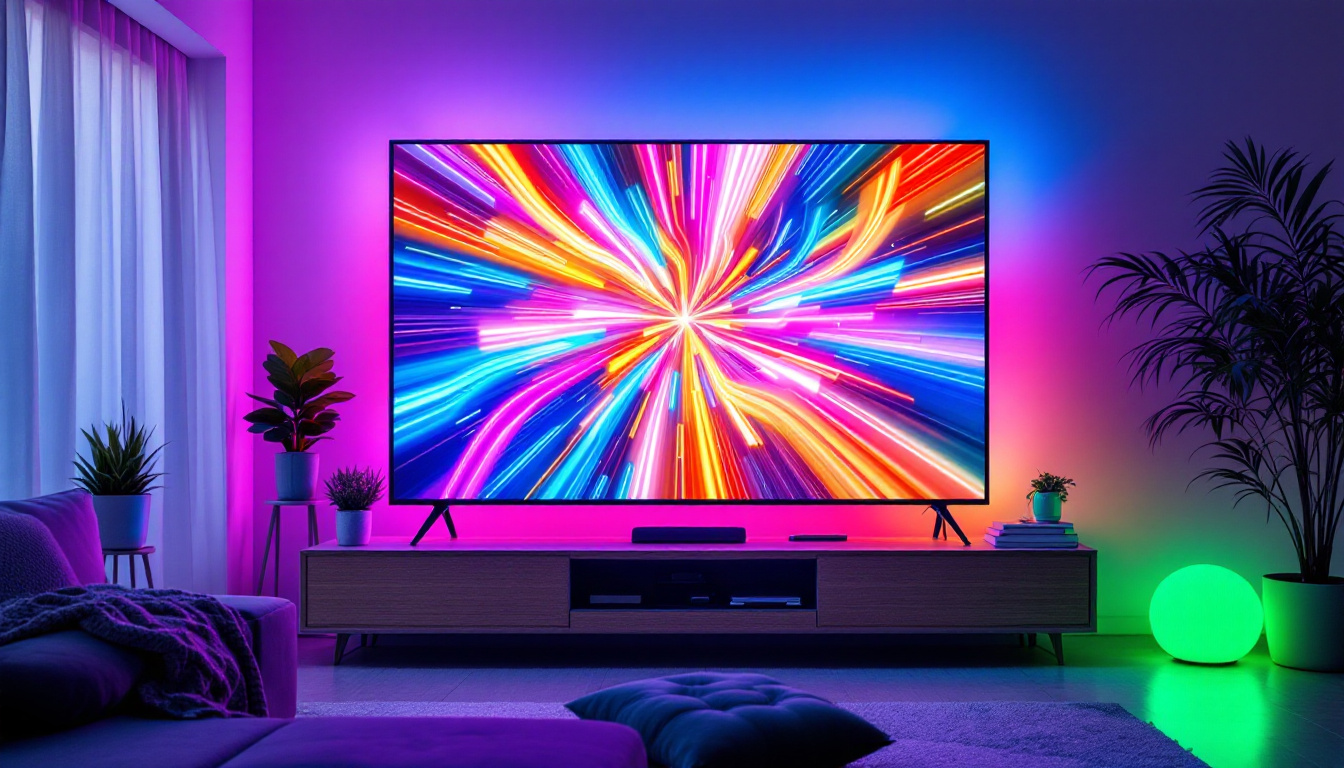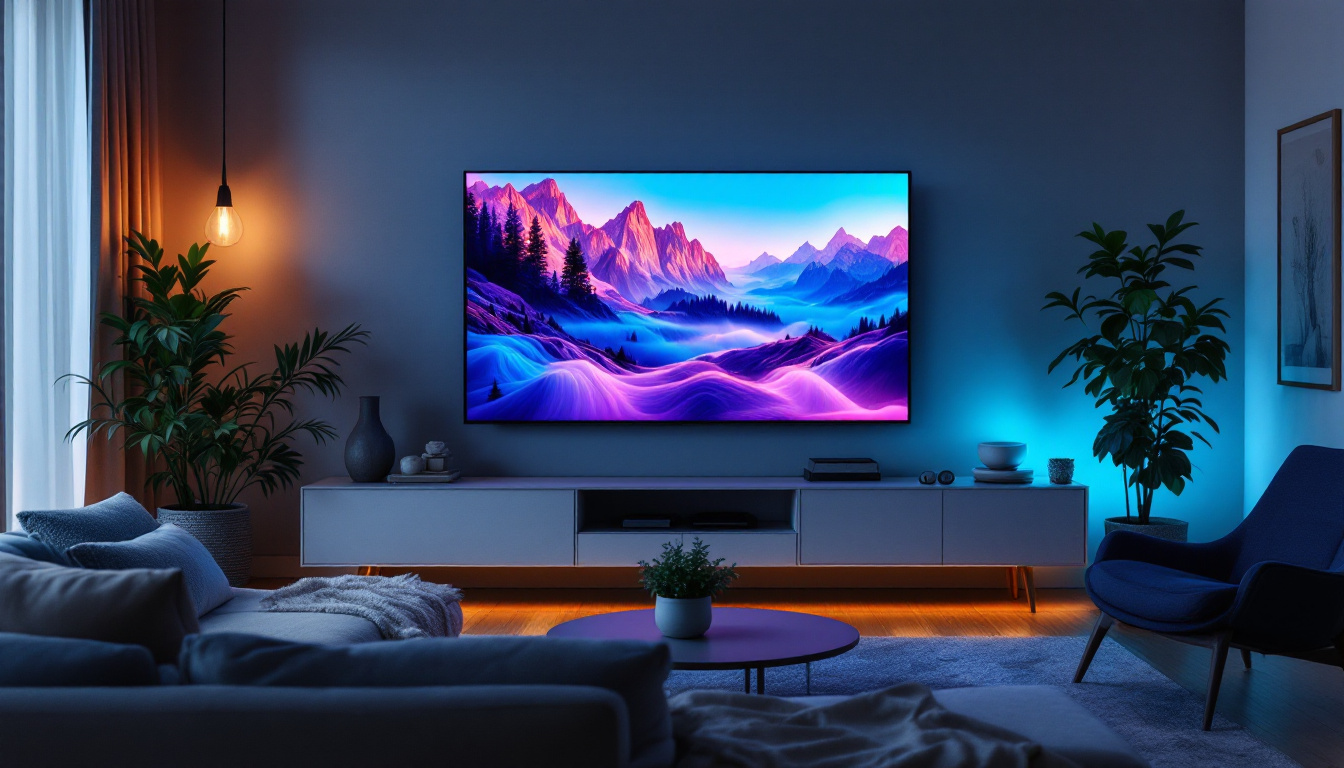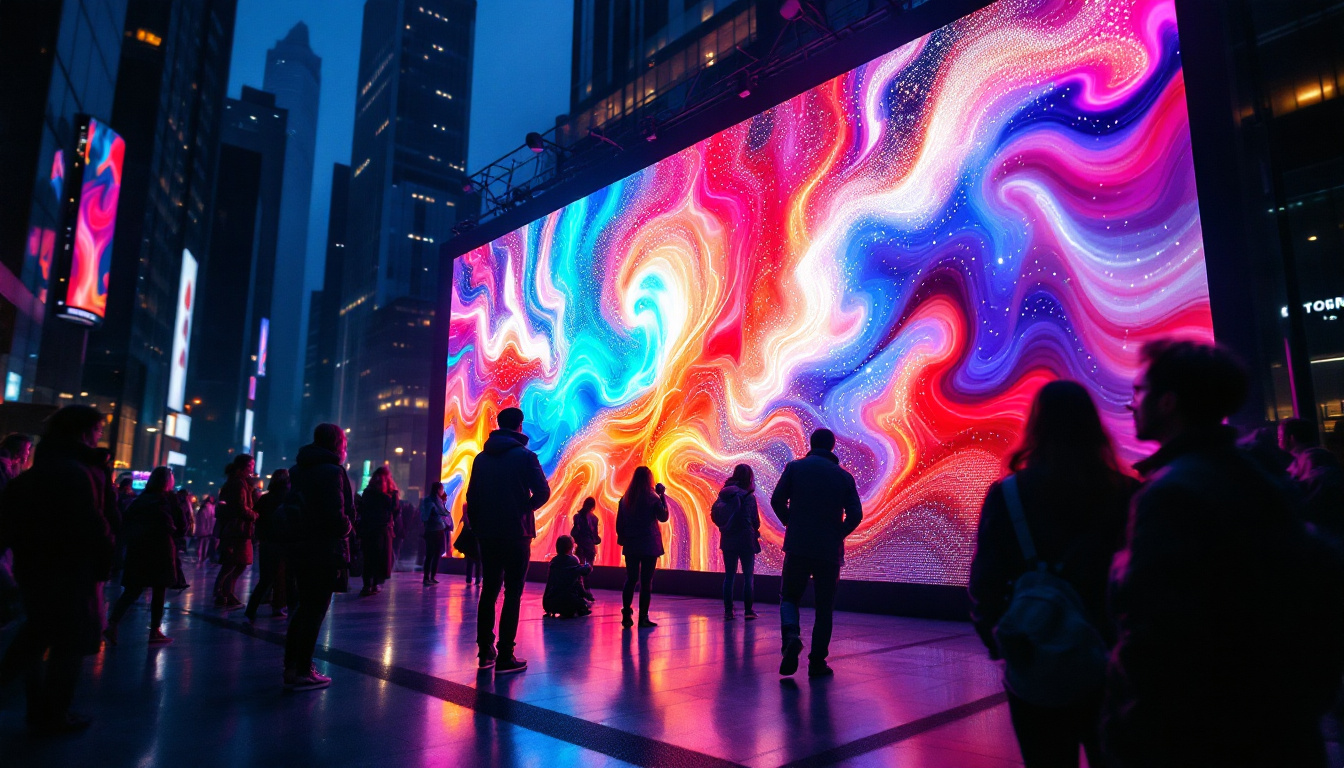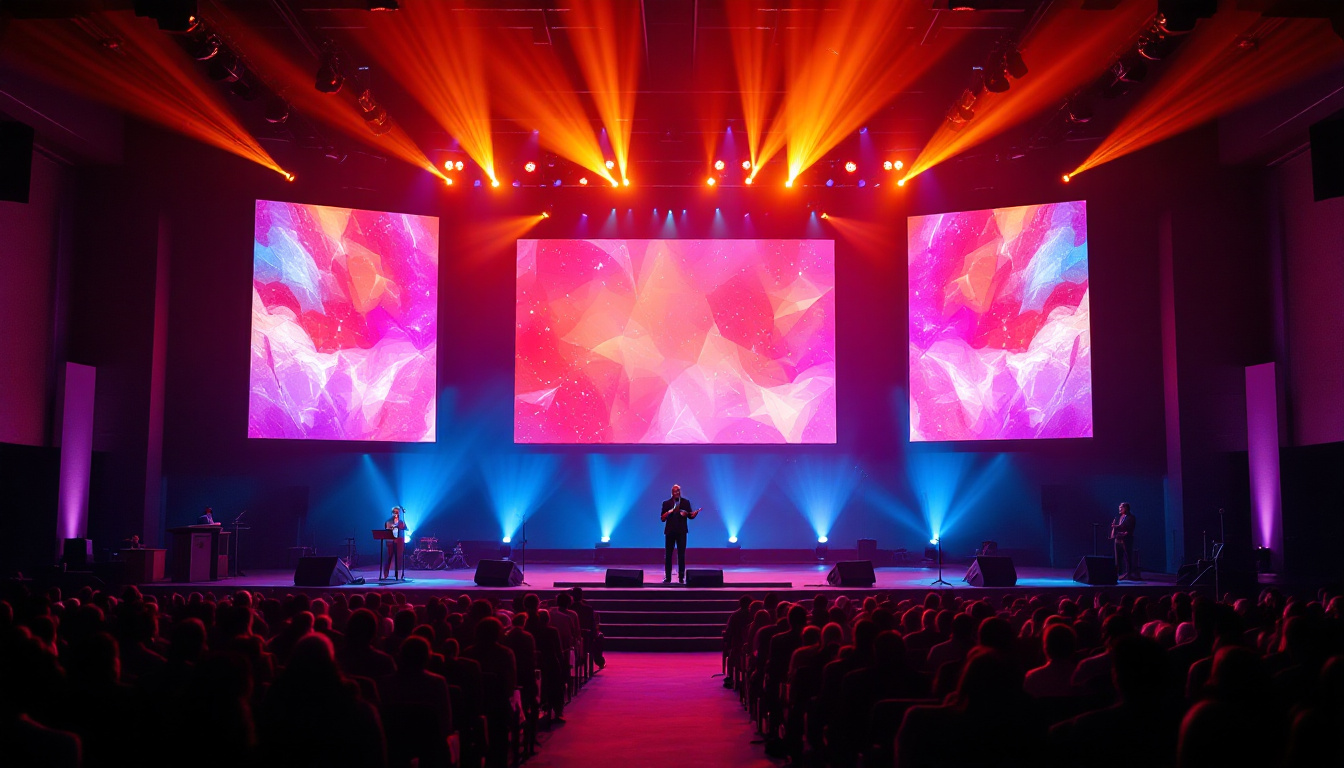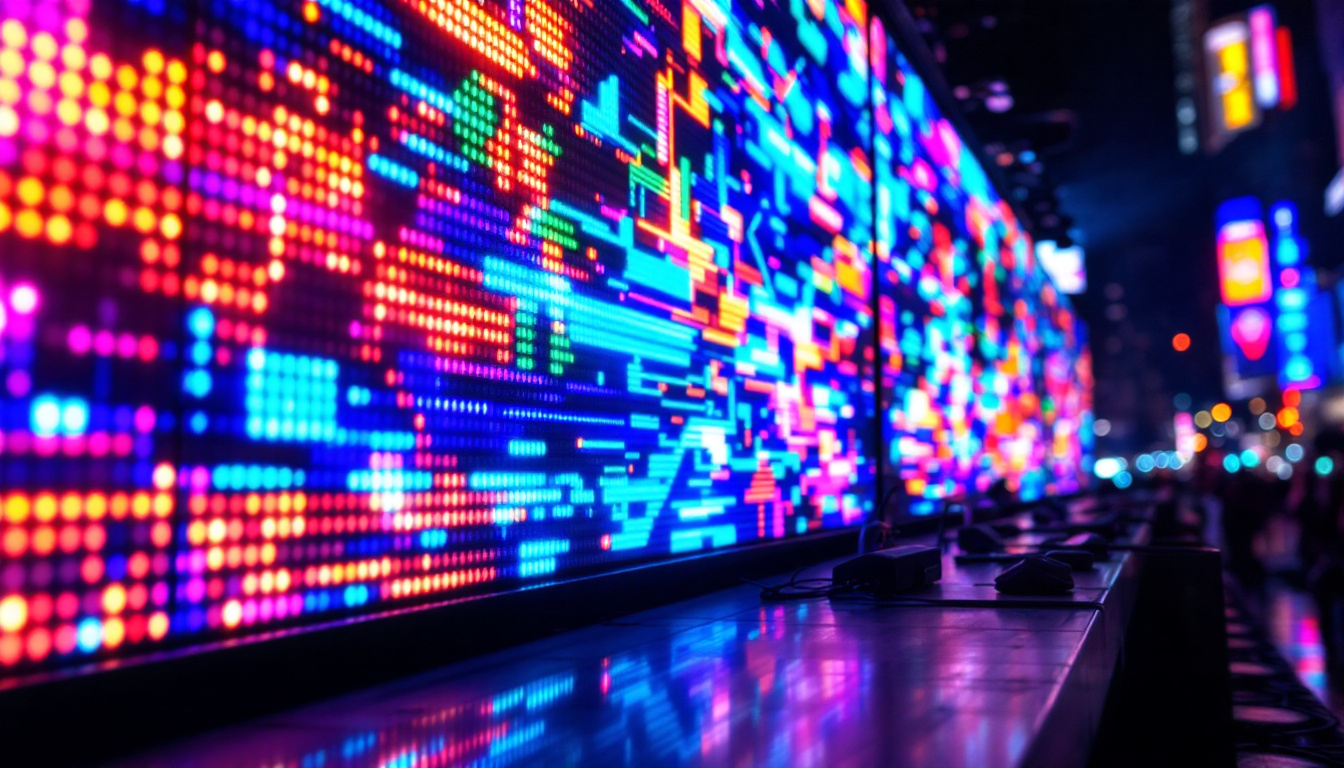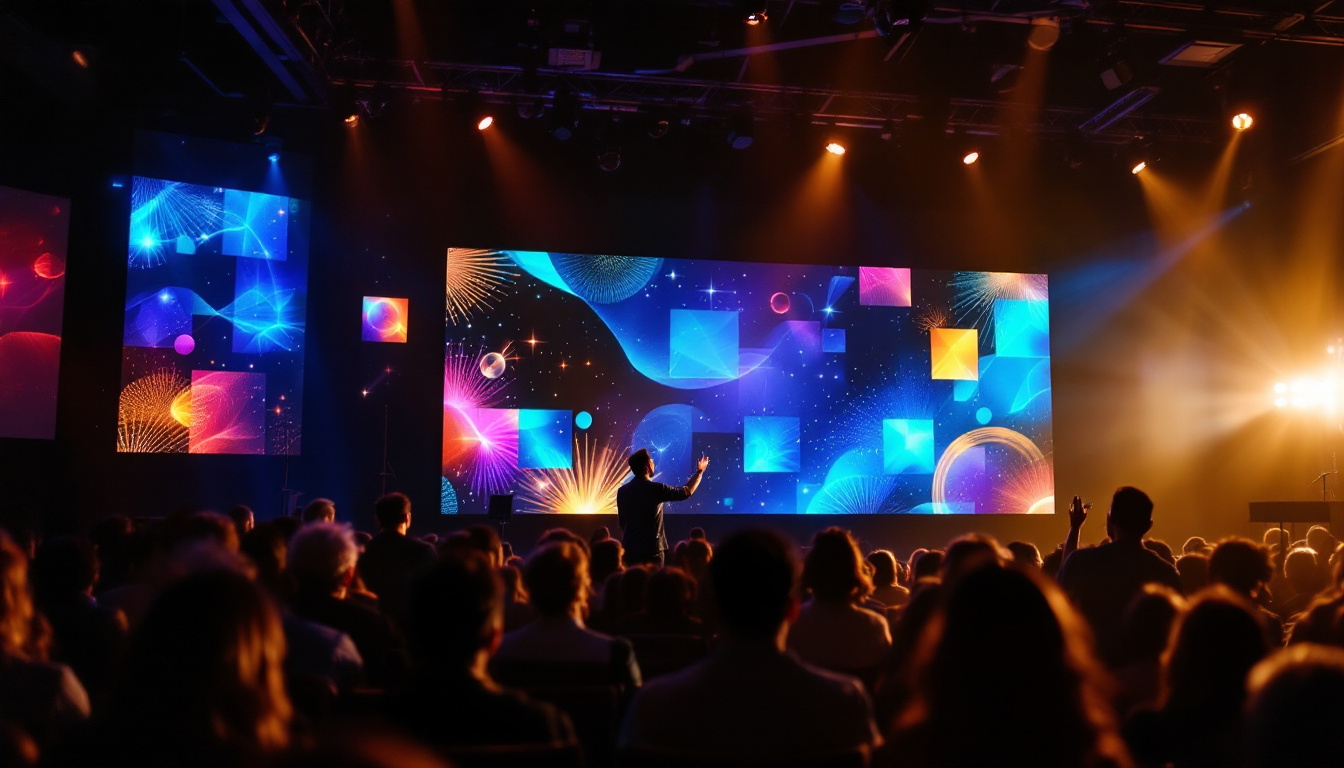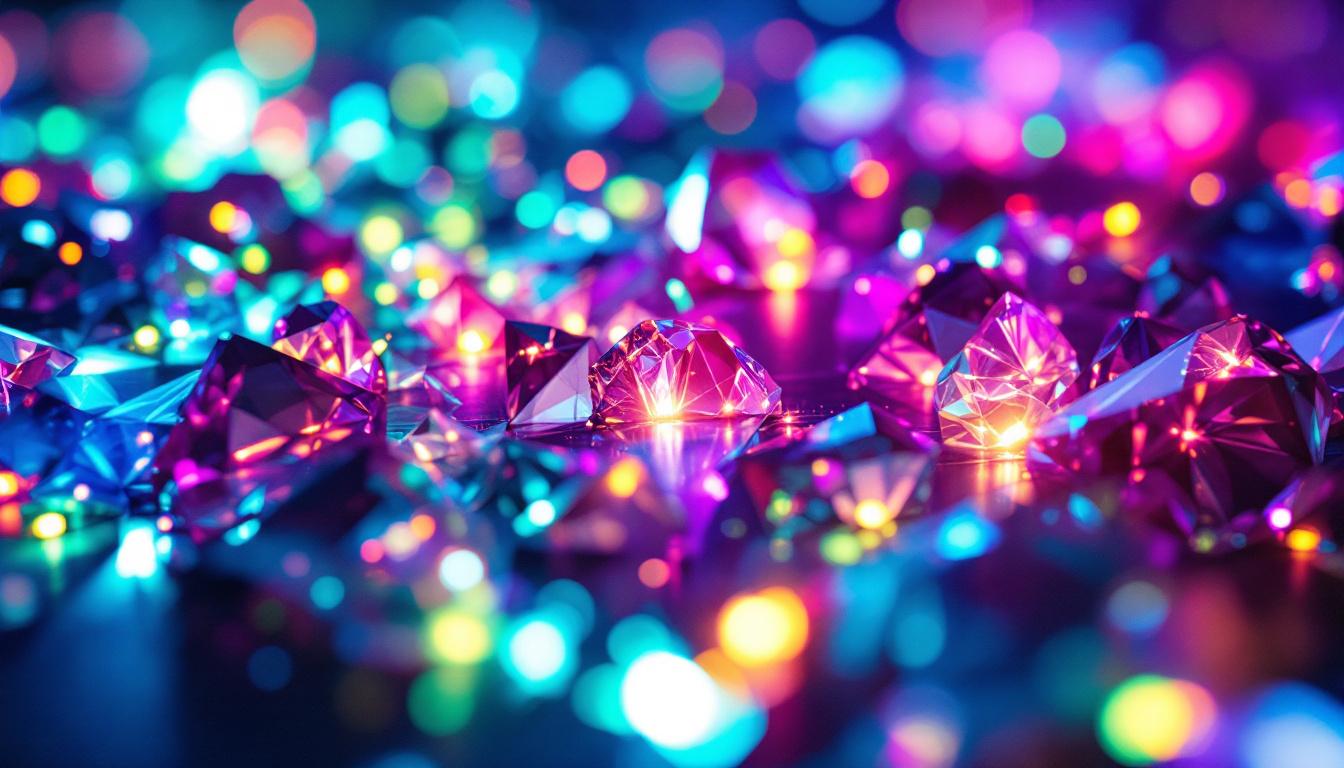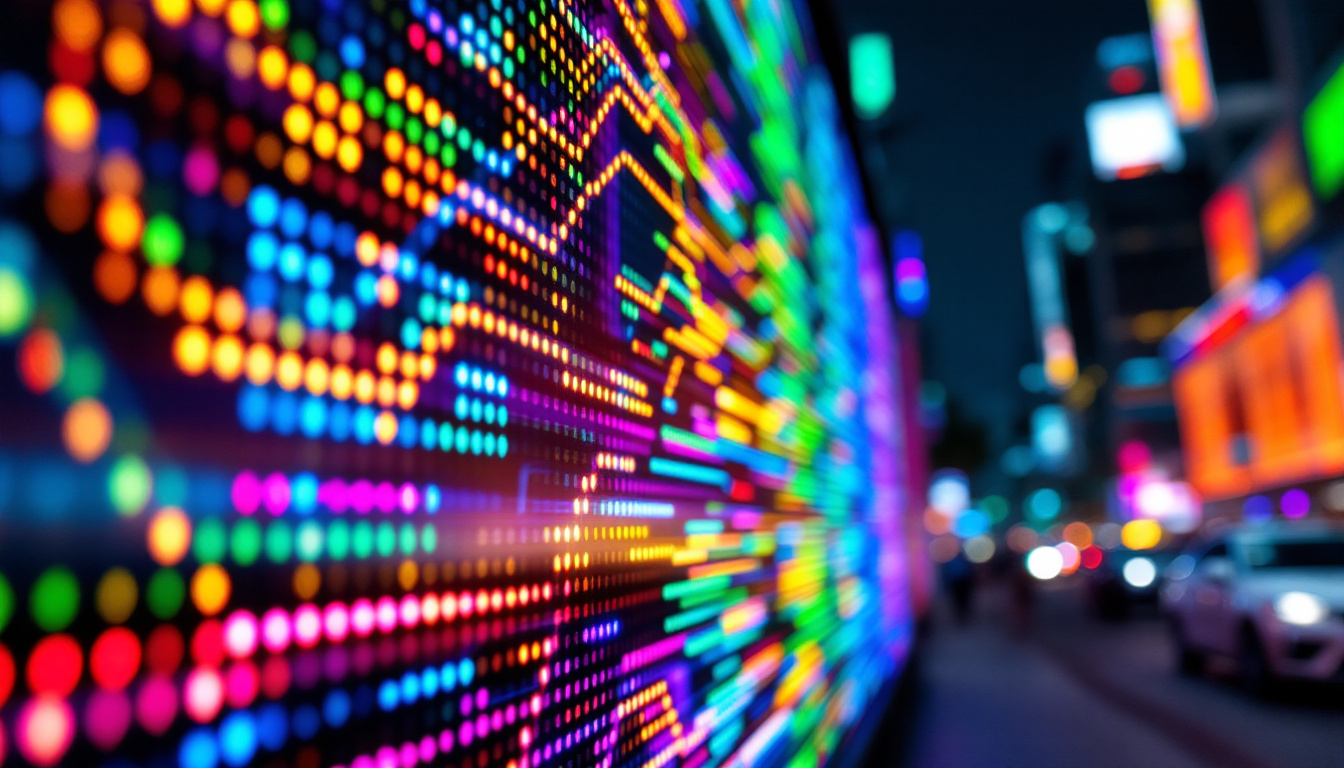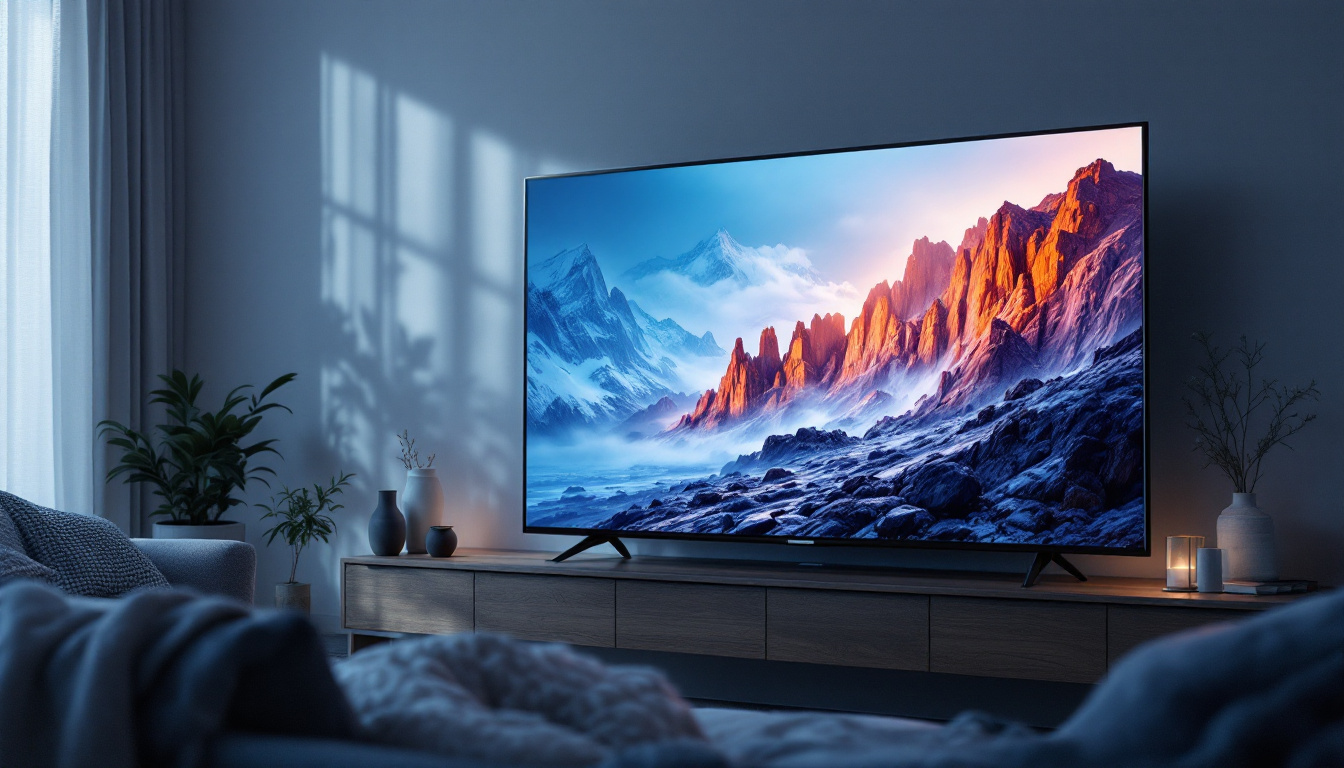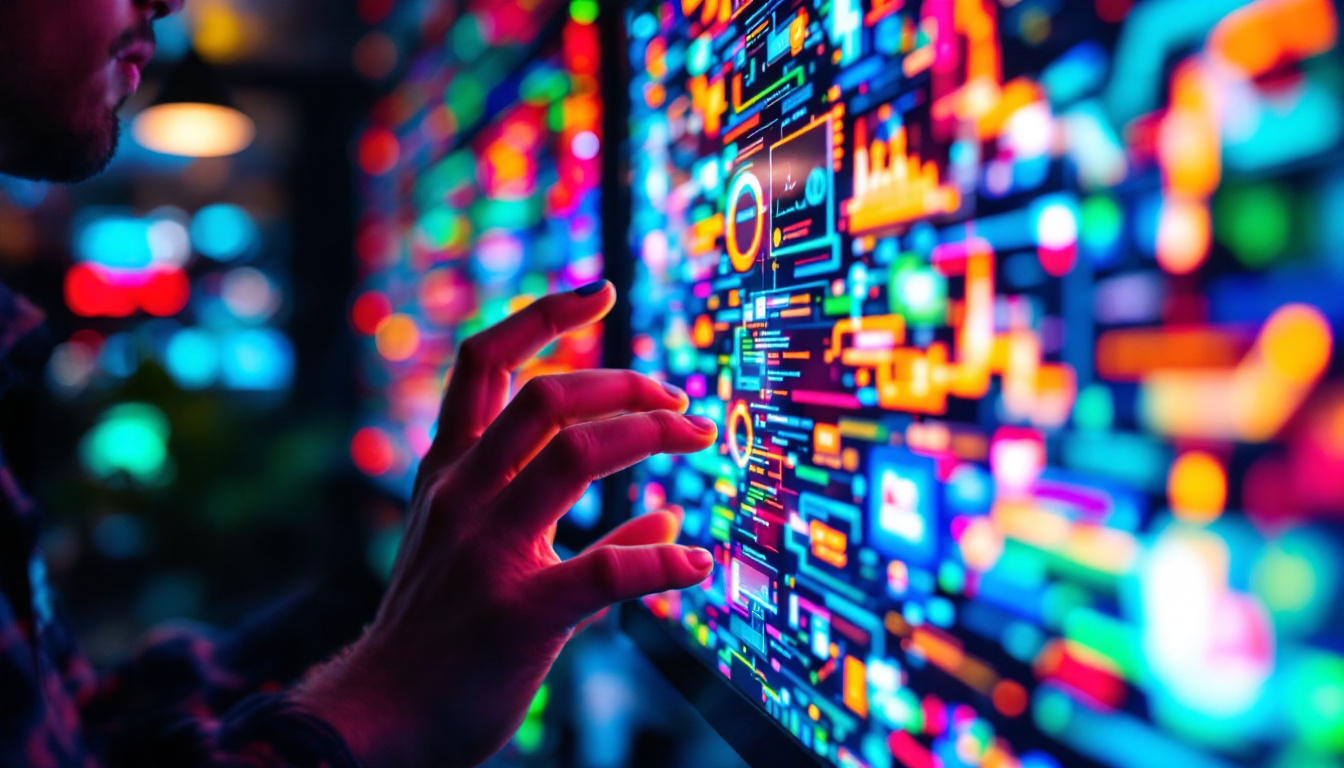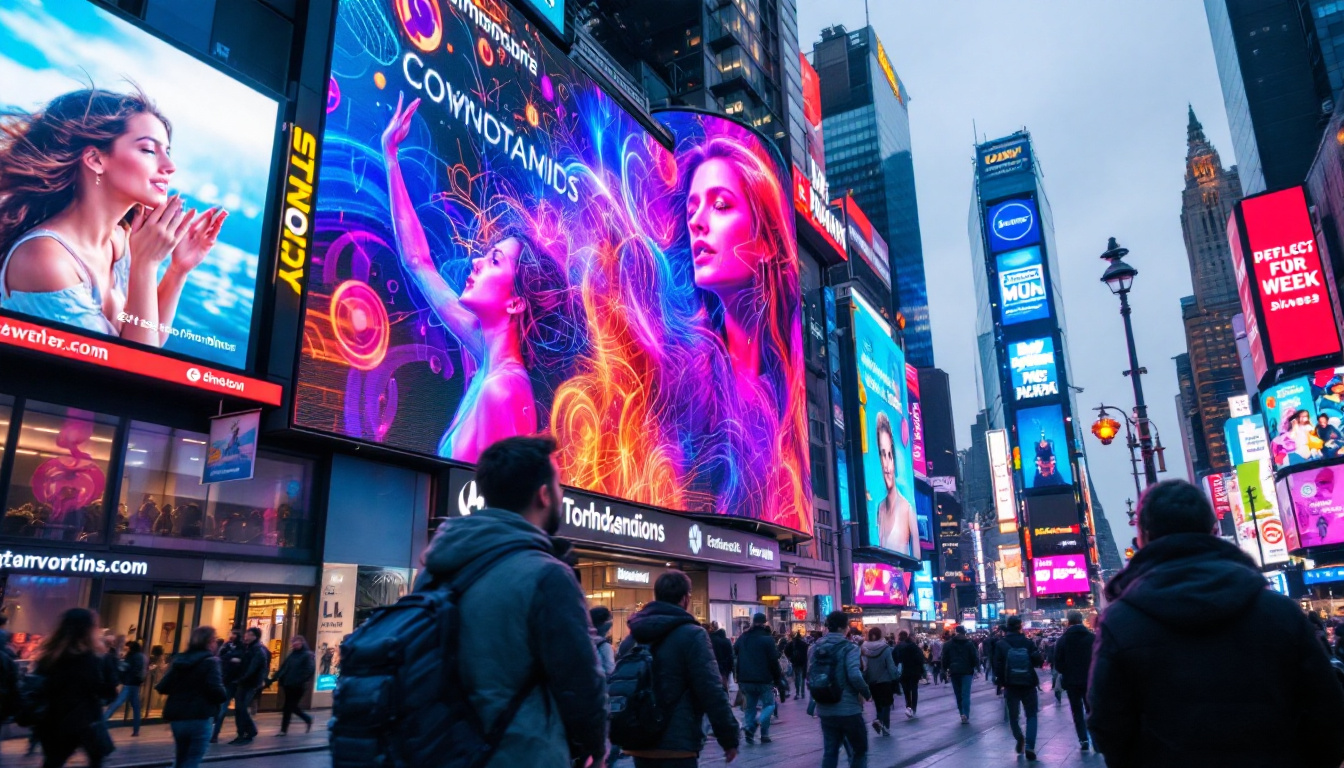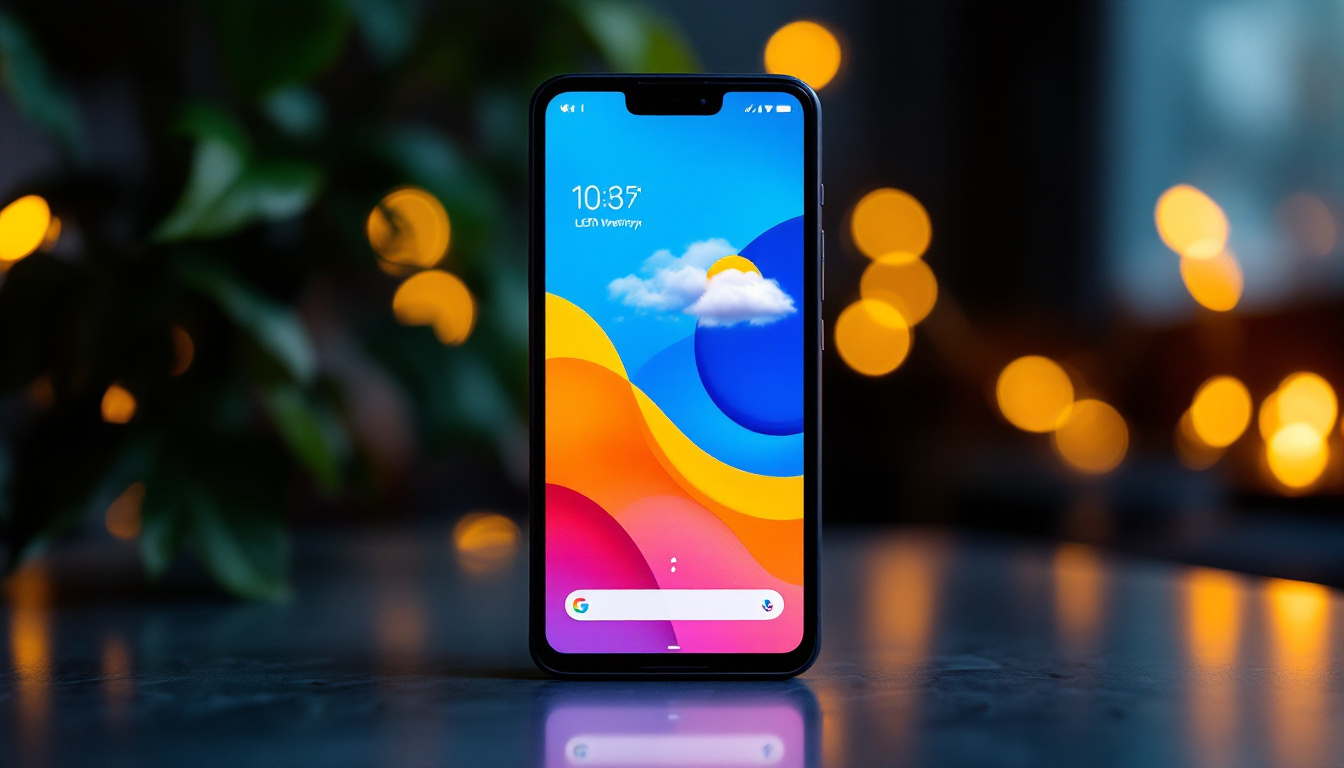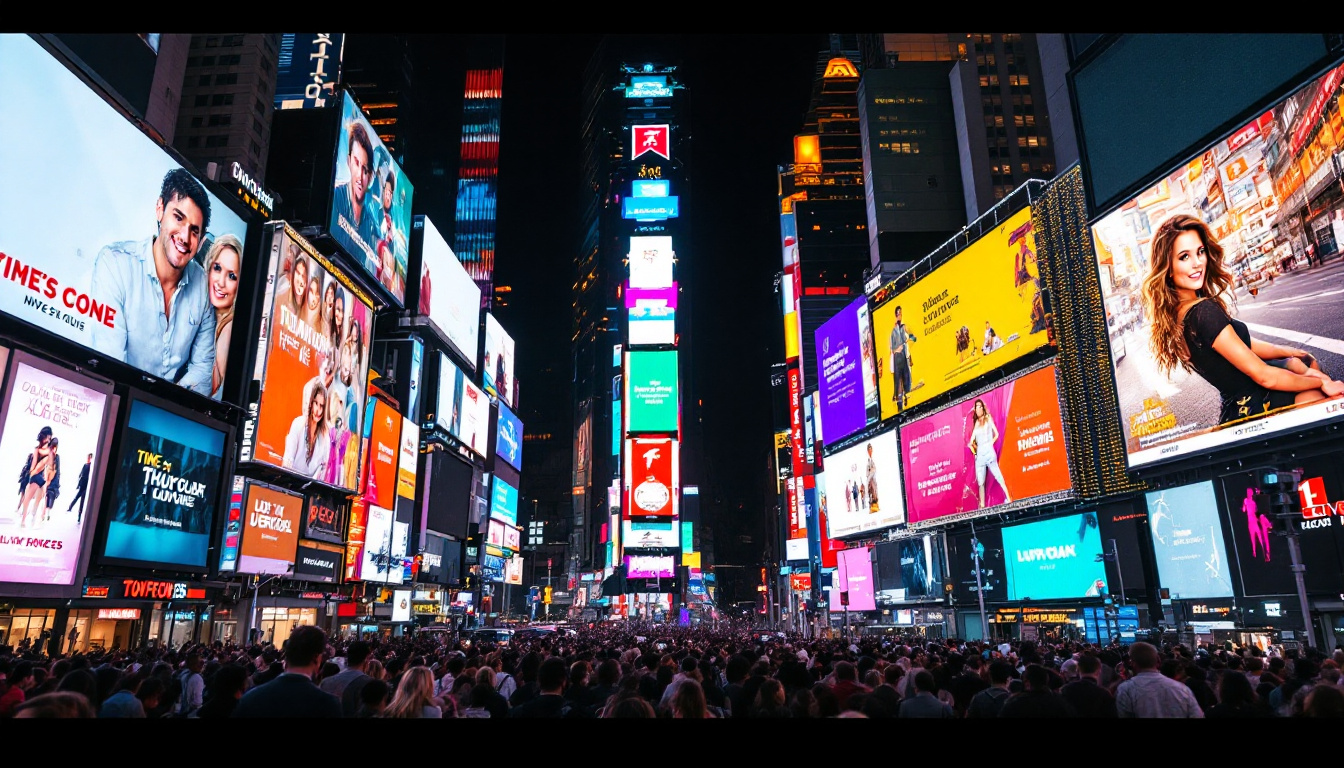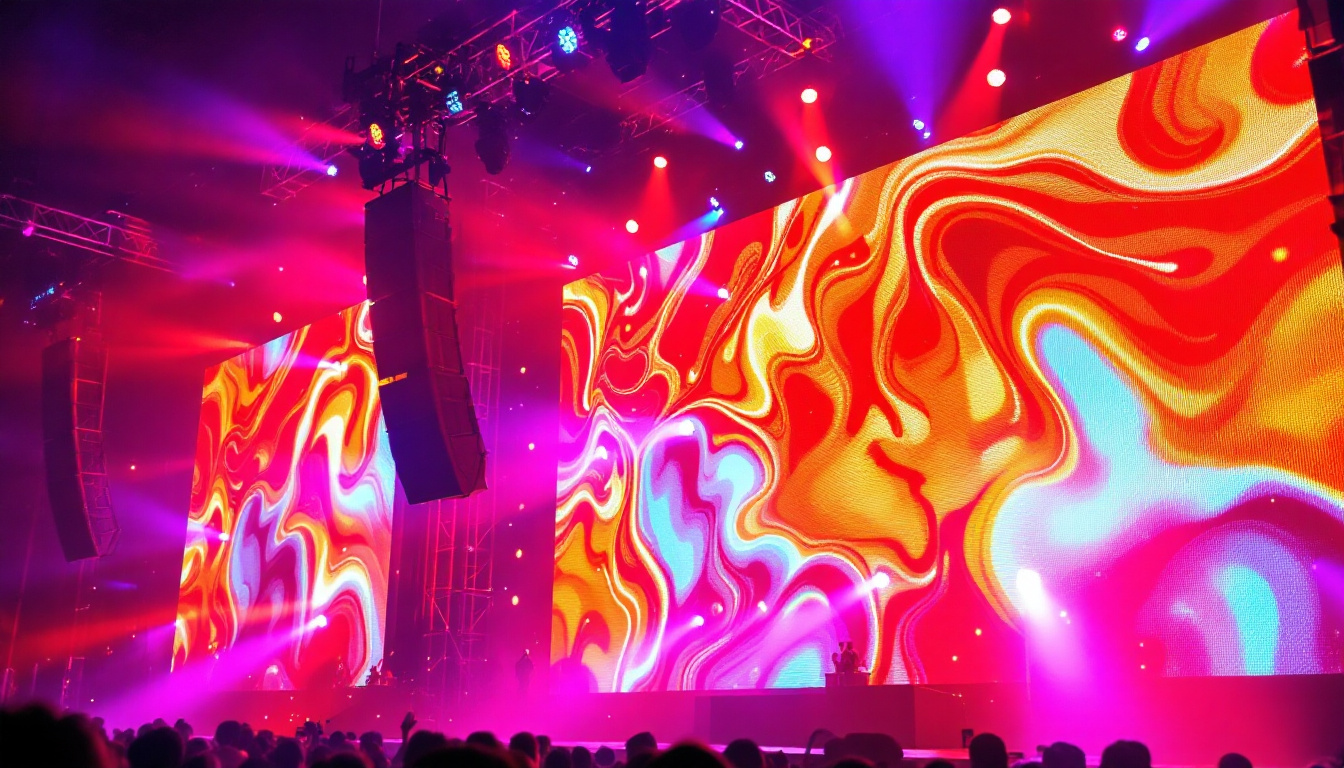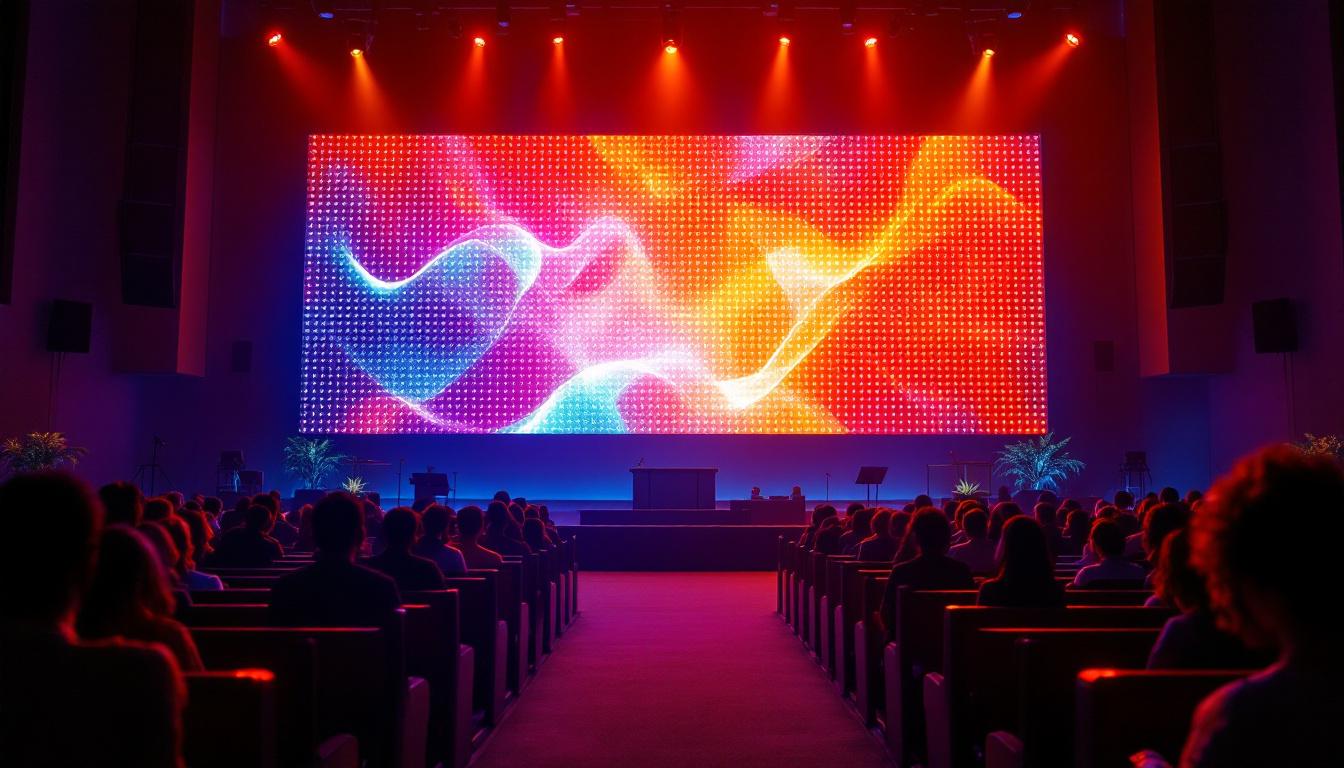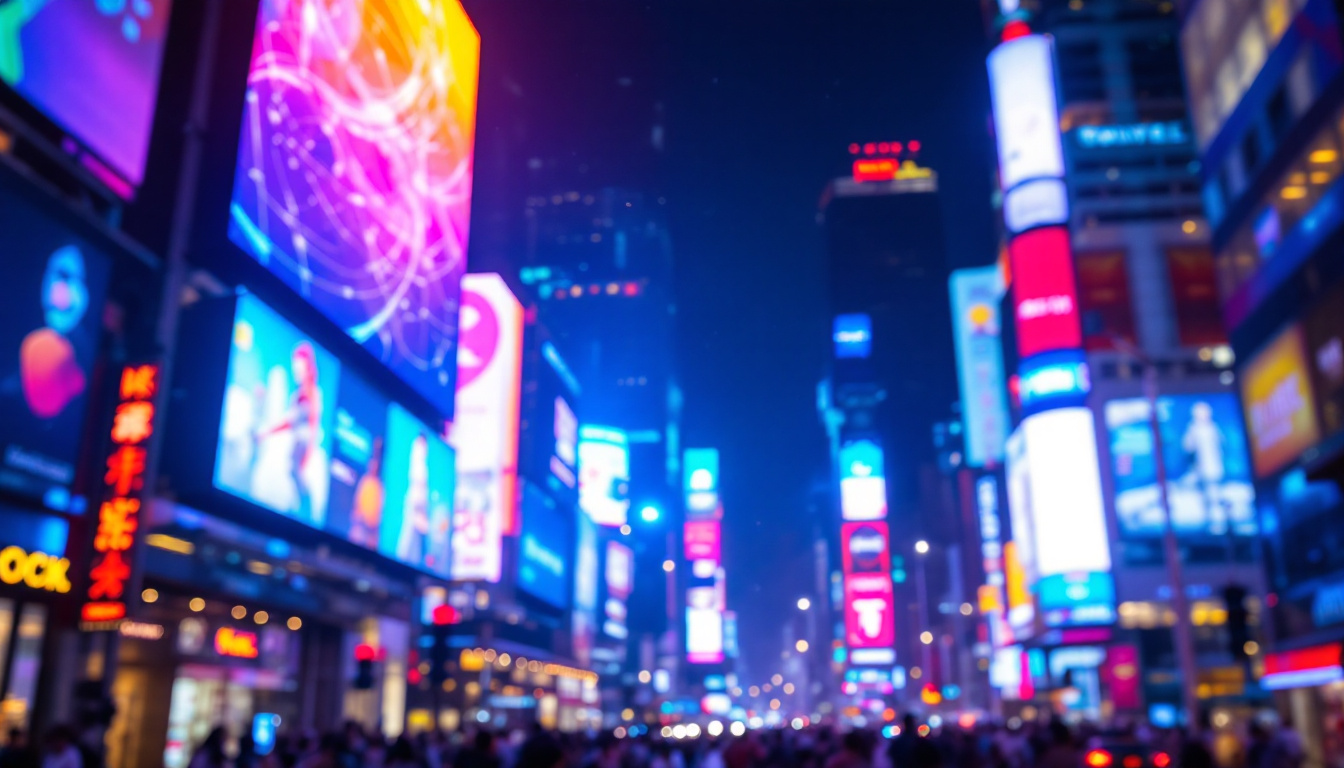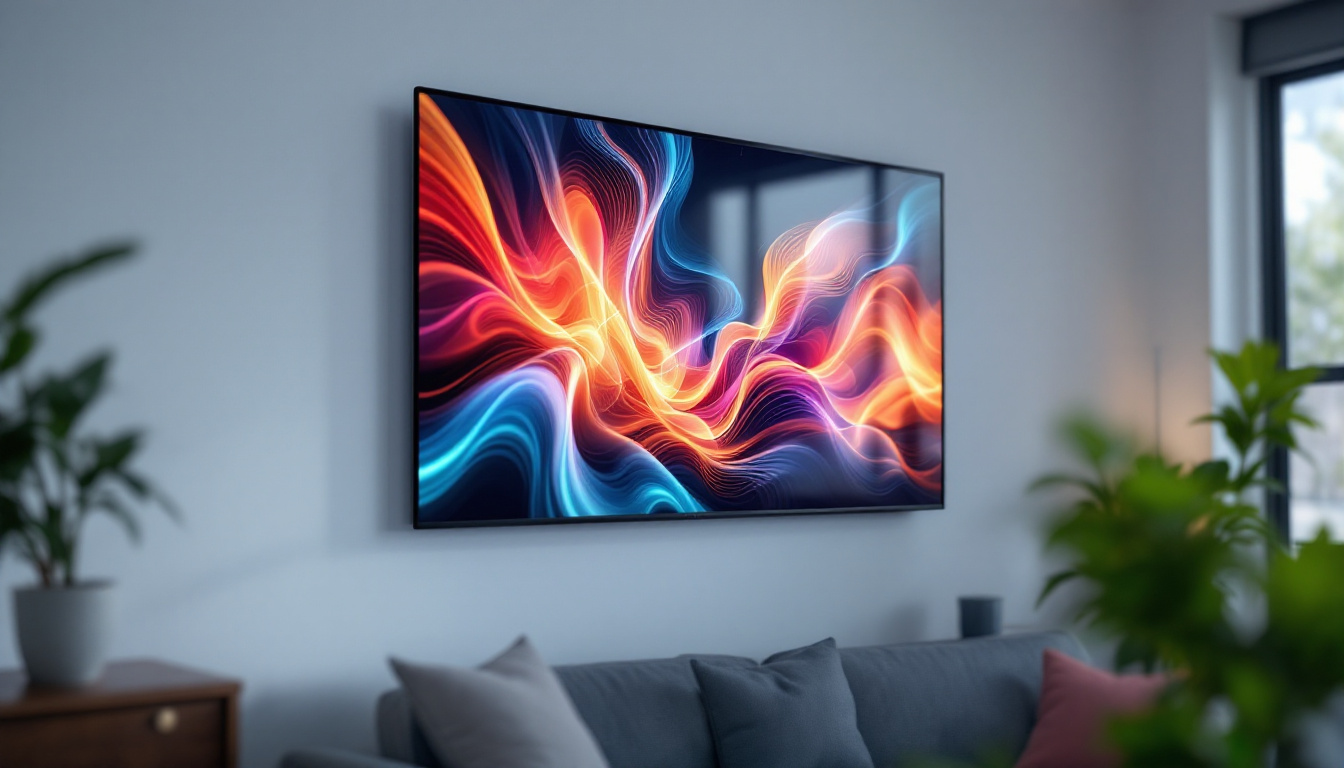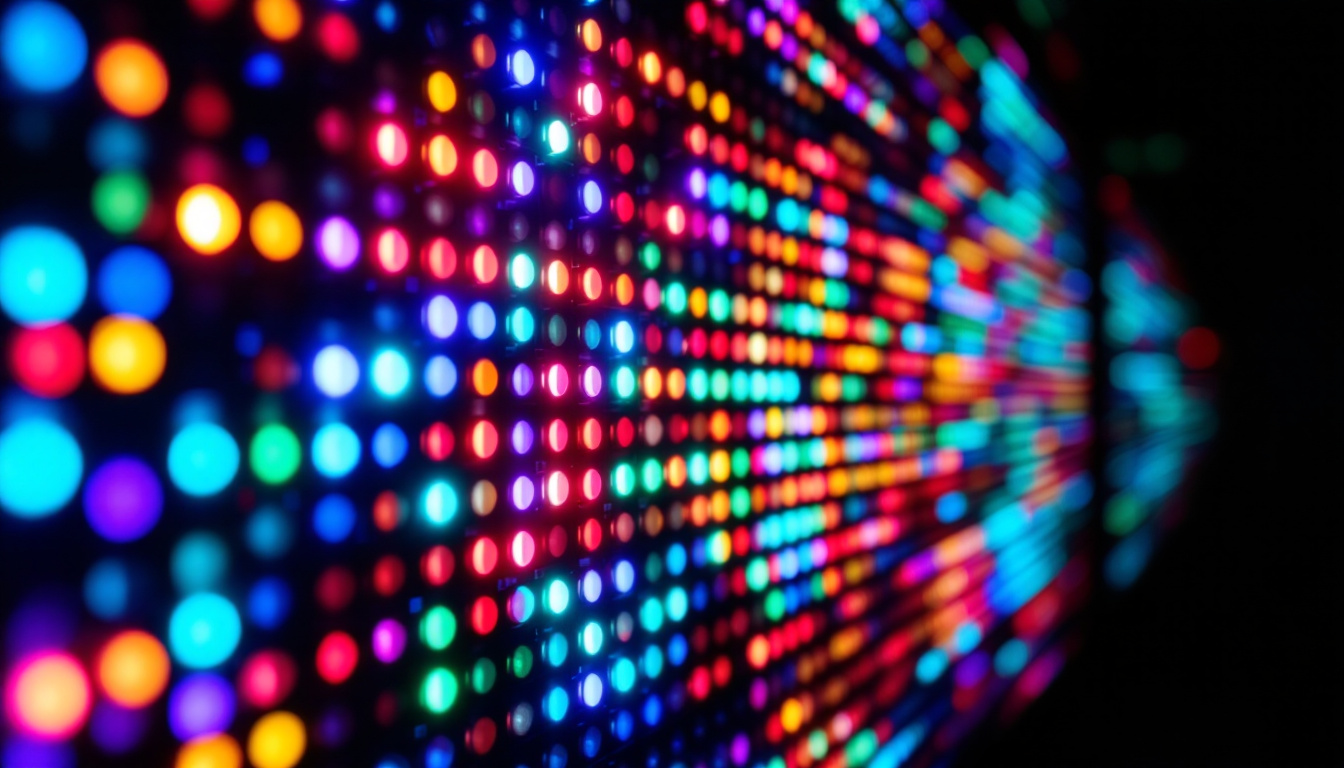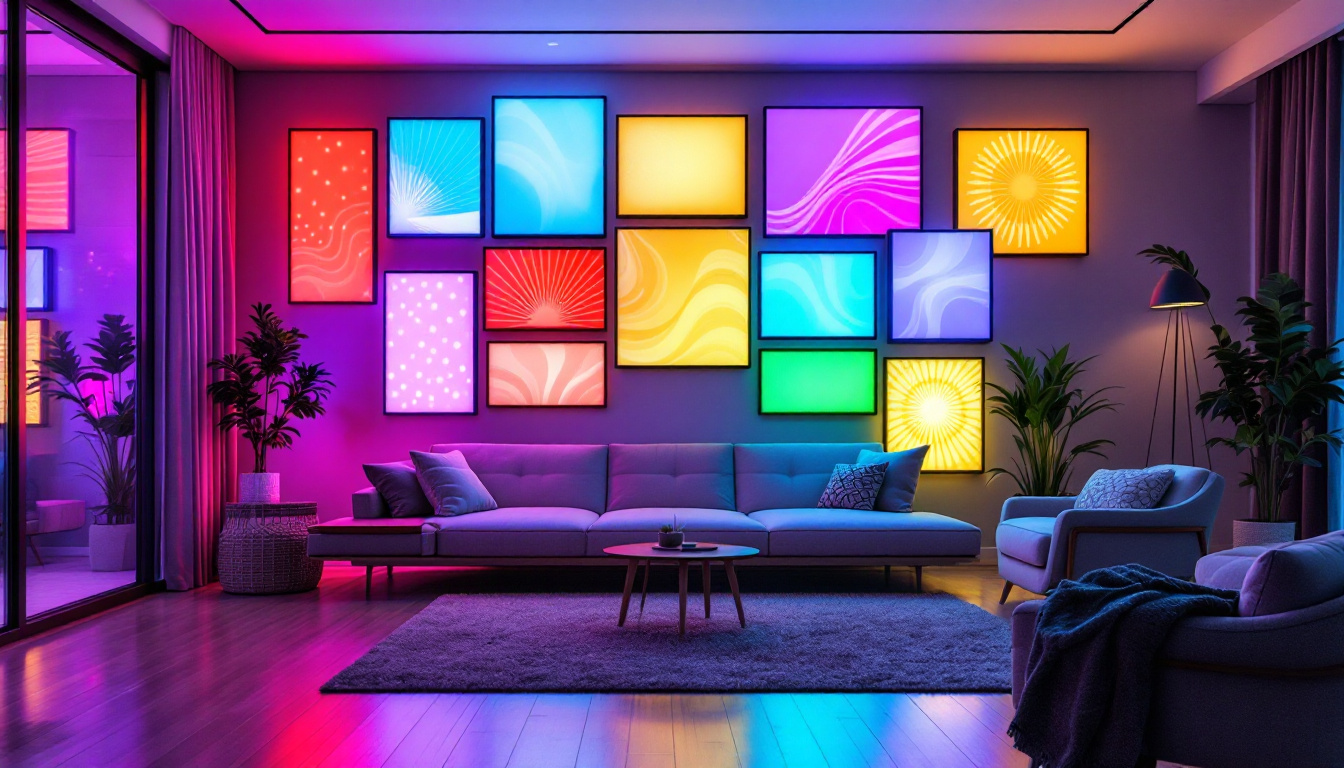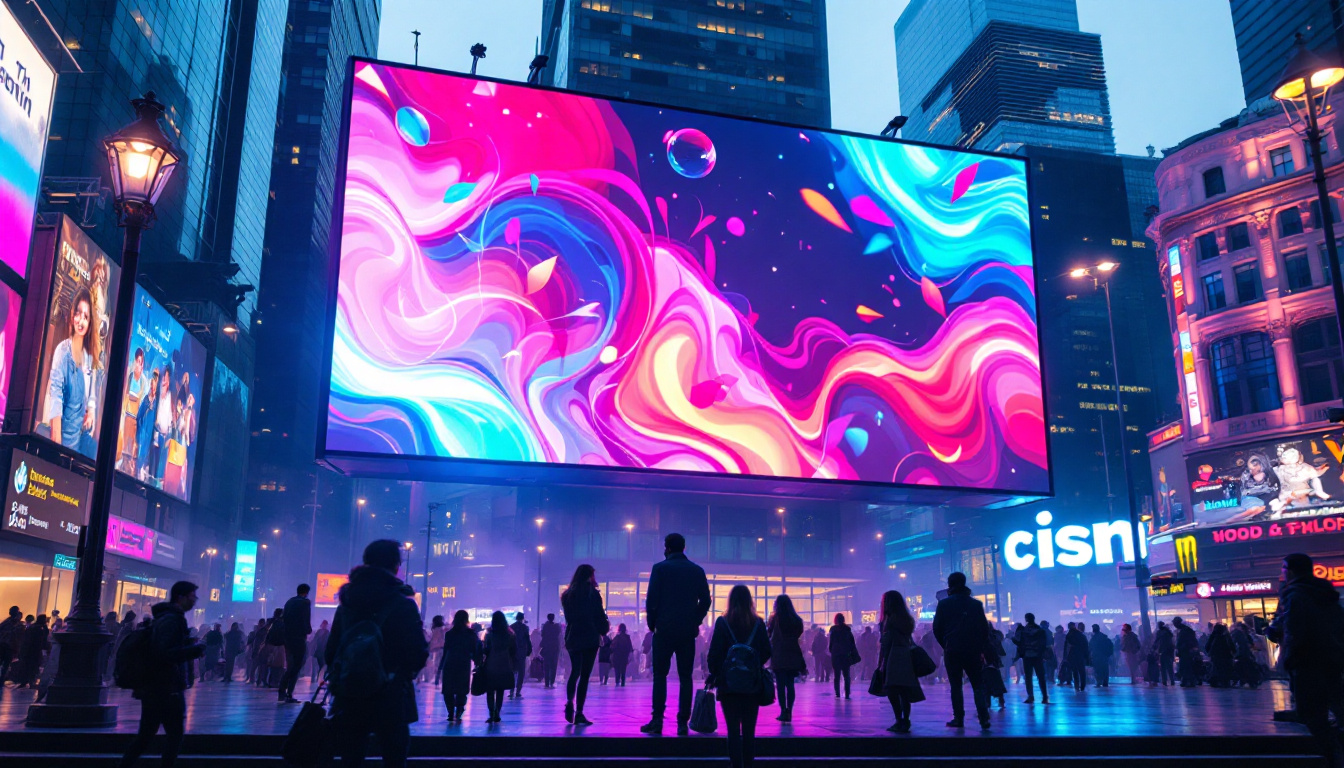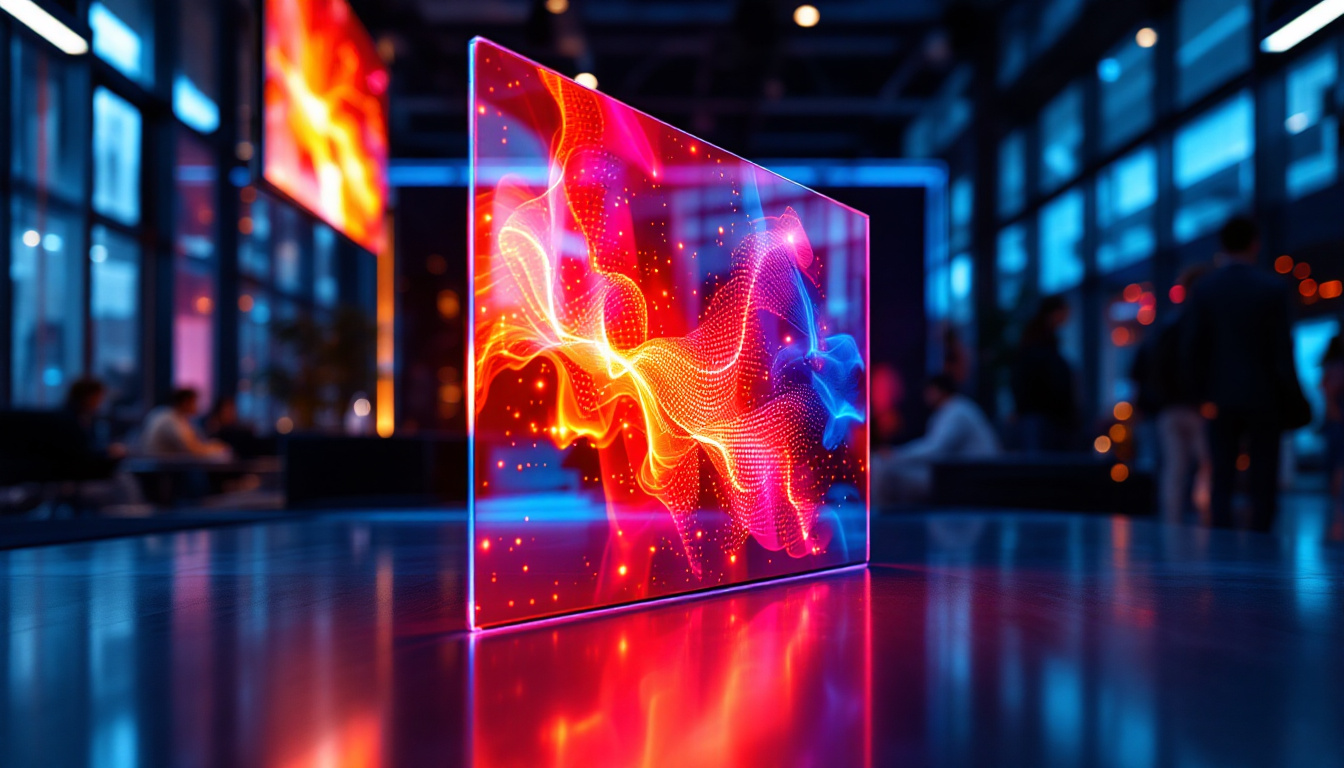In the rapidly evolving world of technology, LED displays have emerged as a pivotal component across various industries. From advertising billboards to consumer electronics, the versatility and efficiency of LED technology have transformed the way visual information is presented. This article delves into the intricacies of LED displays, exploring their functionality, types, applications, and the future they hold.
Understanding LED Technology
Light Emitting Diodes (LEDs) are semiconductor devices that emit light when an electric current passes through them. This technology has revolutionized the display industry due to its energy efficiency, longevity, and brightness. Unlike traditional lighting methods, LEDs convert a higher percentage of electrical energy into light, making them an eco-friendly option. The compact nature of LEDs also allows for innovative designs and applications, from tiny indicator lights on devices to massive billboards illuminating cityscapes.
The Science Behind LEDs
At the core of LED technology is the principle of electroluminescence. When electrons recombine with holes within the semiconductor material, energy is released in the form of photons, which is visible light. The color of the emitted light depends on the materials used in the semiconductor. For instance, different combinations of gallium, arsenide, and phosphor can produce various colors, including red, green, and blue.
This fundamental principle allows for the creation of full-color displays by combining red, green, and blue LEDs in various intensities. This additive color mixing is what makes LED displays capable of producing a wide spectrum of colors, enhancing the visual experience for users. Moreover, advancements in technology have led to the development of white LEDs, which utilize a blue LED coated with a yellow phosphor to create a warm, natural light, making them ideal for residential and commercial lighting applications.
Advantages of LED Displays
LED displays offer numerous advantages over traditional display technologies. One of the most significant benefits is their energy efficiency. LEDs consume less power compared to incandescent and fluorescent lights, leading to lower operational costs and a reduced carbon footprint. This efficiency is particularly beneficial in large-scale applications, such as stadiums and concert venues, where lighting can account for a substantial portion of energy consumption.
Additionally, LED displays boast a longer lifespan, often exceeding 50,000 hours of use. This durability translates to less frequent replacements, further contributing to cost savings. Furthermore, their brightness and clarity make them suitable for various environments, including outdoor settings where sunlight can diminish the visibility of other display types. The ruggedness of LEDs also allows them to withstand harsh weather conditions, making them a preferred choice for outdoor advertising and public information displays. As technology continues to evolve, we can expect even more innovative applications of LED technology, from flexible displays to integration in smart home systems, further enhancing their versatility and appeal.
Types of LED Displays
LED displays come in various forms, each designed for specific applications. Understanding the different types can help in selecting the right display for a particular need.
Direct View LED Displays
Direct View LED displays are composed of individual LED modules that are directly visible to the viewer. These displays are commonly used in large-scale applications such as stadiums, concerts, and advertising billboards. The modular design allows for flexibility in size and shape, making them highly adaptable for different installations.
One of the key features of direct view LED displays is their high brightness levels, which can reach up to 10,000 nits. This makes them ideal for outdoor use, where ambient light can significantly affect visibility. Moreover, they offer excellent color reproduction and contrast, enhancing the overall viewing experience. The durability of these displays is another advantage, as they are often designed to withstand harsh weather conditions, ensuring longevity and reliability in various environments.
Additionally, direct view LED displays can be integrated with advanced technologies such as real-time data feeds and interactive features. This capability allows for dynamic content that can be updated instantly, making them perfect for live events and advertising campaigns that require immediate engagement with the audience.
LED Backlit Displays
LED backlit displays utilize LEDs to illuminate an LCD panel from behind, providing a brighter and more vibrant image than traditional CCFL backlighting. This type of display is commonly found in televisions, computer monitors, and mobile devices.
By employing local dimming technology, LED backlit displays can enhance contrast ratios, producing deeper blacks and brighter whites. This capability is particularly beneficial for watching movies or playing video games, where visual quality is paramount. Furthermore, LED backlit displays are generally more energy-efficient than their predecessors, leading to lower power consumption and a reduced carbon footprint.
Another notable aspect of LED backlit displays is their thinner profile, which allows for sleeker designs in consumer electronics. This has led to the development of ultra-slim TVs and monitors that not only save space but also enhance the aesthetic appeal of living and working environments. With advancements in technology, some models now feature edge-lit designs, where LEDs are placed along the edges of the screen, further minimizing thickness while maintaining impressive picture quality.
Organic LED (OLED) Displays
Organic LED (OLED) displays represent a significant advancement in display technology. Unlike traditional LEDs, OLEDs use organic compounds that emit light when an electric current is applied. This technology allows for thinner, more flexible displays with superior color accuracy and contrast.
One of the standout features of OLED displays is their ability to achieve true blacks. Since each pixel emits its own light, OLED displays can turn off individual pixels completely, resulting in an infinite contrast ratio. This characteristic makes OLEDs particularly popular in high-end televisions and smartphones. Additionally, OLED technology supports wider viewing angles, ensuring that colors remain vibrant and consistent even when viewed from the side.
The rapid response time of OLED displays also enhances their performance in fast-paced scenarios, such as gaming or action movies, where motion blur can detract from the viewing experience. As manufacturers continue to innovate, we are witnessing the emergence of flexible OLED screens that can bend and curve, opening up new possibilities for creative designs in both consumer electronics and advertising displays. This flexibility not only adds to the aesthetic appeal but also allows for unique form factors that can adapt to various environments and user needs.
Applications of LED Displays
The versatility of LED displays enables their use in a wide array of applications. From commercial advertising to personal devices, the impact of LED technology is profound.
Advertising and Marketing
In the advertising sector, LED displays have become a staple for businesses looking to capture consumer attention. digital billboards and storefront displays utilize vibrant colors and dynamic content to engage passersby. The ability to change messages quickly and easily allows businesses to adapt their marketing strategies in real-time, maximizing their reach and effectiveness.
Moreover, LED displays can be programmed to show targeted advertisements based on the time of day or audience demographics, further enhancing their impact. This level of customization is a significant advantage over traditional static signage.
Entertainment and Events
LED displays play a crucial role in the entertainment industry, particularly in concerts, sports events, and festivals. Large-scale LED screens are used to display live feeds, graphics, and animations, creating an immersive experience for attendees.
Additionally, the flexibility of LED technology allows for creative staging and set designs. Curved and transparent LED displays can be integrated into performances, adding a dynamic visual element that captivates audiences.
Consumer Electronics
In the realm of consumer electronics, LED displays have become the standard for televisions, smartphones, and tablets. The demand for high-resolution displays has led to advancements in LED technology, resulting in sharper images and better color accuracy.
Furthermore, the integration of smart technology with LED displays has transformed how users interact with their devices. Features such as touch sensitivity and voice control enhance usability, making LED displays not just a visual medium but an interactive platform as well.
The Future of LED Displays
The future of LED displays is bright, with continuous advancements in technology promising even more innovative applications. As industries evolve, so too will the capabilities of LED displays.
Emerging Technologies
One of the most exciting developments in LED technology is the rise of MicroLED displays. These displays utilize microscopic LEDs to create images, offering even greater brightness, contrast, and energy efficiency than traditional LED displays. MicroLED technology has the potential to revolutionize the display market, particularly in high-end televisions and wearable devices.
Additionally, advancements in flexible and transparent LED displays are paving the way for new applications in architecture and design. Imagine windows that can display information or walls that can change color and pattern at the touch of a button. The possibilities are endless.
Sustainability and Eco-Friendliness
As the world becomes increasingly aware of environmental issues, the demand for sustainable technology is growing. LED displays are already more energy-efficient than traditional displays, but future innovations are likely to focus on reducing the environmental impact further.
From using recyclable materials in manufacturing to improving energy consumption, the LED industry is poised to lead the charge in sustainable display technology. This commitment to eco-friendliness will not only benefit the planet but also enhance brand reputation among environmentally conscious consumers.
Integration with Smart Technologies
The integration of LED displays with smart technologies is set to redefine user experiences. With the rise of the Internet of Things (IoT), LED displays will become interconnected with other devices, allowing for seamless communication and interaction.
For instance, smart homes may feature LED displays that adjust their brightness and color based on the time of day or the mood of the occupants. This level of personalization will enhance comfort and convenience, making LED displays an integral part of daily life.
Conclusion
LED displays have come a long way since their inception, evolving into a crucial component of modern technology. Their versatility, efficiency, and adaptability make them indispensable across various sectors, from advertising to consumer electronics. As advancements continue to emerge, the potential for LED displays is limitless.
With a focus on sustainability and smart integration, the future of LED technology promises to be not only brighter but also more responsible. As industries embrace these innovations, LED displays will undoubtedly play a pivotal role in shaping the visual landscape of tomorrow.
Discover LumenMatrix LED Display Solutions
Ready to elevate your visual experience with the latest in LED display technology? Look no further than LumenMatrix, a pioneer in crafting immersive and dynamic LED displays for every need. Whether you’re seeking to captivate audiences with an Indoor LED Wall Display, make a statement in the open air with an Outdoor LED Wall Display, or innovate on the move with a Vehicle LED Display, LumenMatrix has the solution. Our extensive range, including LED Poster Displays, LED Sports Displays, and even Custom LED options, is designed to bring your vision to life. Embrace the future of visual communication and check out LumenMatrix LED Display Solutions today to create unforgettable experiences and share your message with unparalleled impact.

